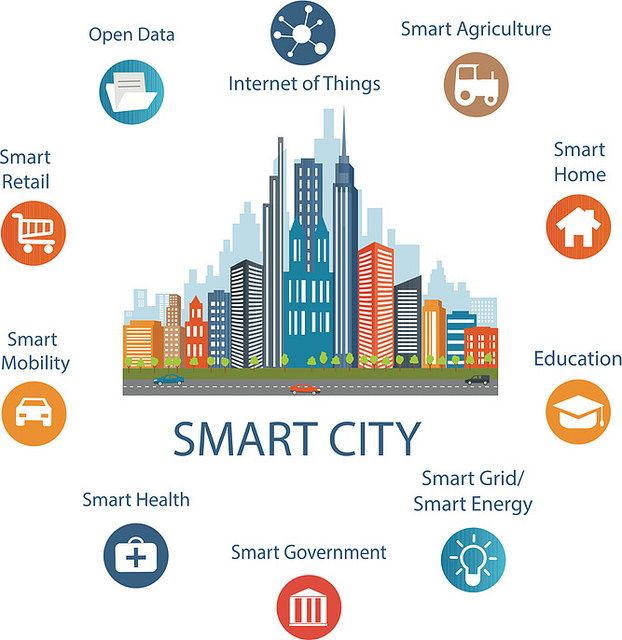At a Glance
In recent decades, India has experienced significant economic growth thanks to its reforms based on the factors of liberalization, privatization, and globalization of economy. However, there are some problems that need to be addressed in this context.
The increase of urban population in search of better opportunities constitutes the scenario of different problems to be taken into account. An example is mobility. The density of motor vehicles is not an alarming figure in the general characteristics, but the problem is that large numbers of vehicles are concentrated in certain cities, mostly in cosmopolitan areas as Delhi, Chennai, or Bengaluru. In this sense, the increase in demand for private vehicle ownership, especially motorcycles, has not been sufficiently proportional to the improvement of road infrastructure. This has led to traffic congestion, increased death rates from traffic accidents and high levels of pollution due to the emission of gases from motorized transport.
Effective Planning Proposals
In 2015, the government has devised a plan to convert 100 Indian urbanizations into smart cities, environmentally friendly and functional to strong and sustainable economic development.
The Indian government has made it clear that it has adopted its own concept of a smart city, as development levels, residents’ aspirations and resources undoubtedly vary from city to city. India is therefore particularly keen to develop an urban ecosystem that creates intelligent solutions in sensitive areas for citizens, whether transport, connectivity or security.
The 100-city election initiative, led by the government’s Smart City mission, consisted of competition among cities for the first funding, which would make city development projects feasible. The cities are currently selected and carry out different projects in different cities; where private companies, the state and the community, in general, are strongly committed to the cause.
A Clever Example
In order to find intelligent solutions to the concrete problems of the city of Pune in India, it was the citizens who contributed many ideas in view of achieving an intelligent city. Among the most successful projects are:
- The LED lighting that generates, through public lighting, a more attractive, sustainable and safe city.
- Transformation of the transport network, which involves the creation of subway lines, the increase of buses and the creation of roads for heavy vehicles. In the same way, the promotion of non-motorized mobility has led to the construction and reform of roads and highways for bicycles.
- Access to WiFi in public areas.
It is worth to highlight the wise concept of intelligent cities that India has adopted: Smart Cities are the ones that give intelligent answers to the needs of society and environment; cities committed today to the benefits of tomorrow.
